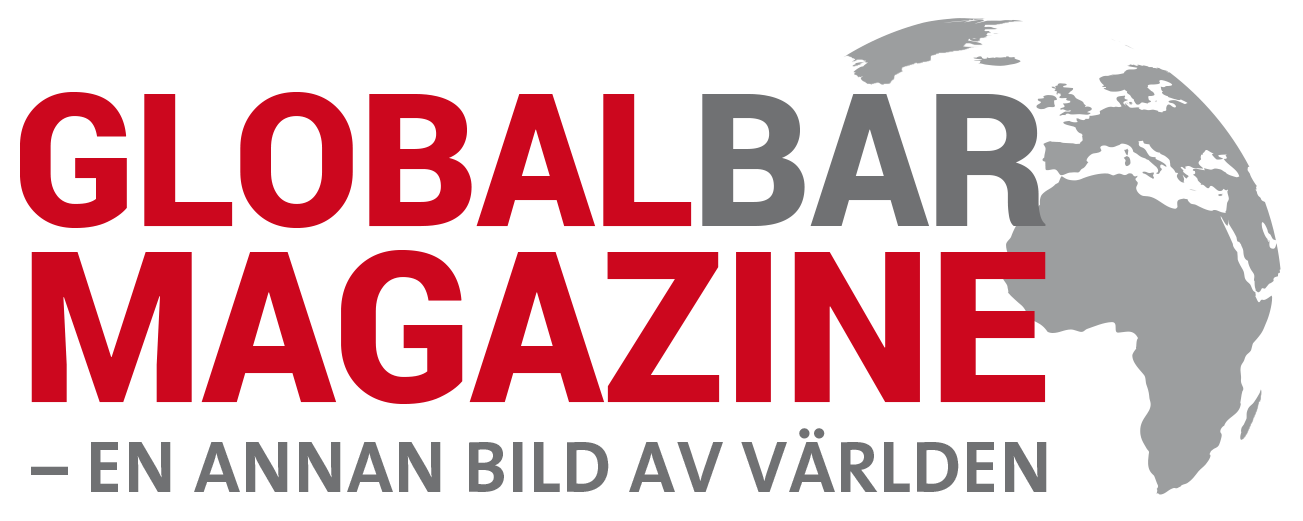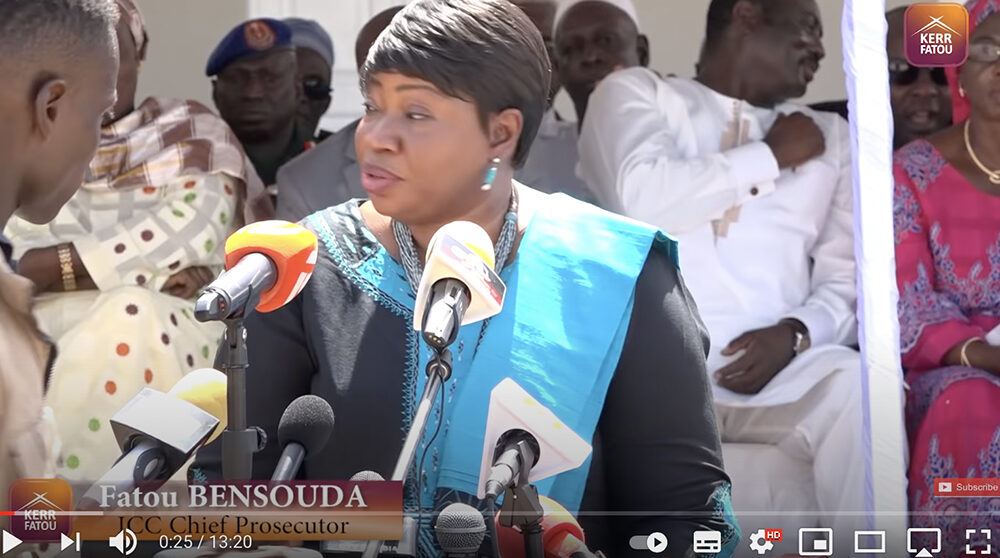Within a few years of independence, African governments asserted sovereignty over their metal and mineral resources. Since the 1990s, transnational corporations have once again become the dominant force of major mining projects, writes Ben Radley in this excerpt from his book Disrupted Development in the Congo: The Fragile Foundations of the African Mining Consensus.
Stage one: Blame the African state
In the Democratic Republic of the Congo (DRC), president Joseph-Désiré Mobutu took steps early to place resources under state control. The Bakajika Law of June 1966 required all foreign-based companies to establish their headquarters in the DRC, then known as Zaire, by the end of the year. In addition, the largest Belgian-owned colonial mining subsidiary, Union minière de Haut Katanga, was nationalised the same year. It became Société générale Congolaise des minerais (Gécamines). By 1970, the Congolese public sector controlled 40% of national value added.
Nationalisation had no immediate adverse effect. In the DRC copper production increased steadily between 1960 and 1974 from around 300,000 tonnes to 500,000 tonnes. It grew over the same period from 500,000 tonnes to 700,000 tonnes in Zambia.
In the DRC, state revenue tripled from US$190 million in 1967 to US$630 million in 1970. A national health system numbering 500,000 employees was established. It was seen as a model for primary healthcare in the global south. The country also achieved 92% primary school enrolment and increased access to the secondary and tertiary sectors.
But soon after, the oil price began to rise. Commodity prices fell due to recession in the global north. In the DRC and Zambia, the copper price crashed from US$1.40 per pound in April 1974 to US$0.53 per pound in early 1975 and stagnated thereafter. Around the same time, from 1973 to 1977, the cost of oil imports quadrupled. In addition, as African government loan repayments became due, interest rates on the loans began to rise as the United States sought to control inflation through monetary policy.
Mining production levels stagnated or dropped. Growth slowed, and debt grew across the continent. Between 1980 and 1988, 25 African countries rescheduled their debts 105 times. In the DRC, copper and cobalt exports decreased sharply, eventually collapsing by the early 1990s.
Of course, external shocks were not the sole cause of the reversal. Nationalisation measures undertaken in 1973 and 1974 were poorly planned and implemented and went badly awry. Agriculture had been neglected, receiving less than 1% of state expenditure from 1968 to 1972, and the Congolese manufacturing sector was in decline.
Yet, a consideration of the impact of external shocks, alongside recognition of the progress made by newly independent African governments in the short time frame up until this juncture, was largely missing from influential analyses of the 1980s seeking to understand the causes of African economic stagnation from the mid-1970s onwards.
Instead, misguided African state intervention and government corruption were put forward as primary causal explanations, to the exclusion of other factors.

Stage two: Liberalise and privatise
Between 1980 and 2021, the World Bank provided US$1.1 billion in mining sector grants and loans to 15 of the continent’s 17 mineral-rich and also low-income countries. This gave the bank significant leeway to implement its strategic vision for how mining should be organised and managed:
The private sector should take the lead. Private investors should own and operate mines. Existing state mining companies should be privatised at the earliest opportunity
With the regulatory framework overhauled, foreign investment was unleashed to seek out fresh opportunities. Mining exploration in Africa increased from 4% of total mineral exploration expenditure worldwide in 1991 to 17.5% in 1998. Overall mining investment in Africa doubled between 1990 and 1997.
The start of a commodity price surge in 1999 gave fresh impetus. In 2004, the US$15 billion invested in mining in Africa represented 15% of the total of mining investment worldwide, up from 5% in the mid-1980s. From 2002 to 2012, a period spanning most of the supercycle, mineral exploration spending in Africa rose by more than 700%, reaching US$3.1 billion in 2012.
The dramatic increase in foreign direct investment growth since the 1990s has altered the composition of these economies, which have become increasingly dependent upon foreign direct investment as a source of development financing. This level of dependence is greater today relative to other country groups and regions.
The underlying logic of the World Bank’s African mining strategy continues to hold. In 2021, the lender had ongoing mining reform programmes in seven African countries ranging from Niger ($100 million) to the Central African Republic ($10 million). Each programme was geared towards institutional and regulatory change within a general framework giving overall priority to capital-intensive, foreign-owned mining.
Stage three: Criminalise African miners
There was one last hurdle for transnational mining corporations. Some prized deposits were already occupied by labour-intensive miners. They mined gold and diamonds mainly. But they were also involved in the production of silver, copper, cobalt, tin, tantalum, iron ore, aluminium, tungsten, wolframite, phosphates, precious and semi-precious stones, and rare earth minerals.
Globally, labour-intensive mining contributes up to 30% of total cobalt production, 25% for tin, tantalum, and diamonds, 20% for gold, and 80% for sapphires.
Labour-intensive African mining directly employs millions of workers across the continent. It has grown significantly since the 1980s, driven by a number of factors. These include rising commodity prices, especially during the supercycle of 1999–2012, which pushed up mining wages and profits.
Despite the sector’s importance to rural employment, African miners have typically been cast by the World Bank, African governments, and parts of the scholarly literature as “primitive”, “basic”, “inefficient”, “rudimentary” and “unproductive”.
In 2017, 70,000 miners were displaced by Ugandan military and police to make way for a Canadian-listed mining corporation. Speaking of the displacement, a Ugandan government official said:
Those people (Ugandan miners) still joking should style up. Now, I’m not only a director (in the Ministry) but also a commander of the Minerals Protection Unit of the Uganda Police Force. So, those illegal miners still behaving like those in Mubende (who were evicted), they should pack and vacate the mines, otherwise, my police force will them help to pack.
This statement speaks well to the general regard held for African miners within the process of capital-intensive, foreign-owned mining (re)industrialisation. Forcibly displaced and removed from the best deposits, African miners are restricted to working in less productive areas.
The final act?
Recent mining code and policy revisions led by African governments such as Tanzania, the DRC, Sierra Leone and Malawi have begun to push back against this dominance. They draw inspiration from the Africa Mining Vision, a framework developed by the African Union in 2009 to deepen the linkages between foreign-owned mining and national economies. The vision also seeks to strengthen government capacity to negotiate with and secure developmental benefits from foreign mining corporations.
But these are short of a fundamental challenge to the dominant model of capital-intensive, foreign-owned mining industrialisation on the continent. They remain a far cry from the earlier period of 1960s and 1970s African resource sovereignty.
A longer version of this excerpt was originally carried in Review of African Political Economy (ROAPE).
Ben Radley
Lecturer in International Development, University of Bath.
Ben Radley has researched economic transformation in central Africa, with a particular focus on resource-based industrialisation. He argues in this excerpt of his new book, Disrupted Development in the Congo: The Fragile Foundations of the African Mining Consensus, that the return of transnationals was carried out through a three-stage process beginning with a misguided reading of African economic stagnation from the mid-1970s onwards. The ceding of resource sovereignty was enabled by pathologising the African state and demonising African miners.
This article is republished from The Conversation under a Creative Commons license. Read the original article.
Read also


